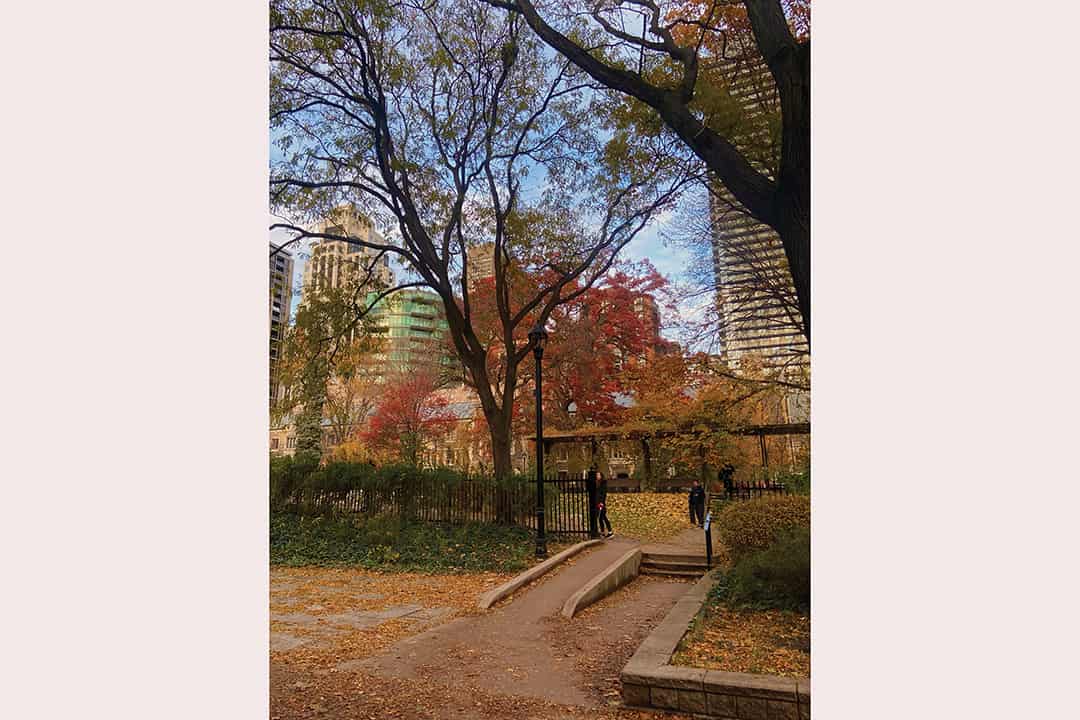Cozy weather, pumpkin spice lattes, and colourful trees have arrived, signaling the start of the fall season. Cold air and reduced daylight mean sweater weather, but they also play a role in producing the mixture of vibrant colours that you see when the leaves change each fall.
What’s the secret?
The answer is chlorophyll — or rather, the lack of it. The characteristic green colour of spring and summer leaves is all thanks to this pigment, which allows plants to create their own food through a process known as photosynthesis. Pigments are molecules that absorb specific wavelengths of light. Chlorophyll does not absorb green light, but instead, reflects it.
What happens when it gets cold?
The winter season lacks ample sunlight and is very cold and dry. To conserve energy for the season, trees and other plants shed their leaves. It takes a lot of energy to make chlorophyll, so before the leaves fall, trees break the chlorophyll down into smaller molecules and move them out to save energy. As the chlorophyll gets broken down, other pigments such as carotenoids and anthocyanins, which are usually overshadowed by chlorophyll, can reflect their own colours. Anthocyanin, which makes the bright red colour in maple trees, is also only produced in low temperatures, just above freezing.
For now, enjoy these colours with your favorite autumn drink, because they’re only here for a short time before the leaves start to fall.


